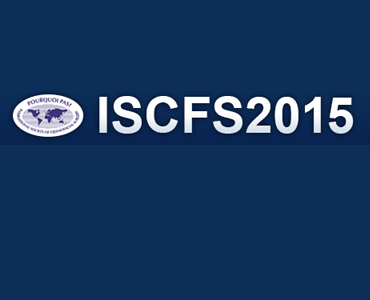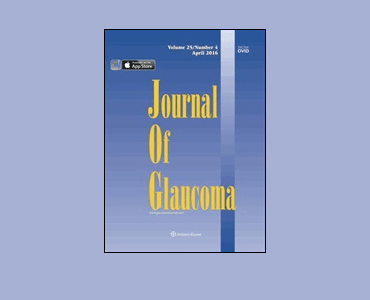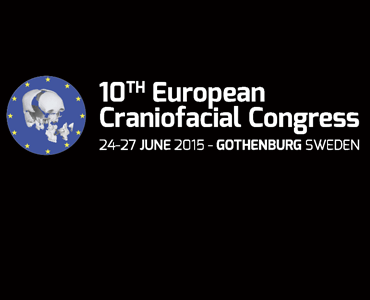Correction of nasal deformity in infants with unilateral cleft lip and palate using multiple digital techniques. Y Zheng, DP Zhang, T Qin, GF Wu.
Date: December 2015. Source: Journal of Prosthetic Dentistry. Abstract: Presurgical correction of severe nasal deformities before cheiloplasty is often recommended for infants with cleft lip and palate. This article describes an approach for the computer-aided design and fabrication of a nasal molding stent. A 3-dimensional photogrammetric system was used to obtain the shape information of…






